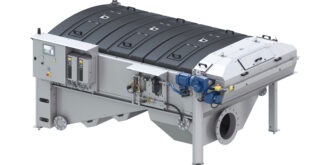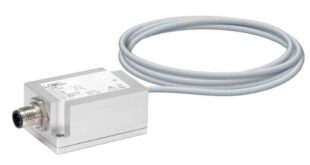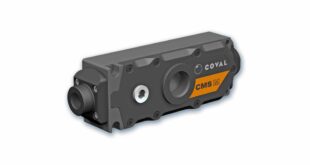Effective waste management involves removing materials such as concrete and bricks, reusing them where possible and reducing the rubbish created in the first place. Steve Breen reports
At a time when the construction industry is using 400 million tonnes of material, producing 100 million tonnes of waste and sending 25 million tonnes of this to landfill, the need for effective waste management is critical.
These statistics are from a report by the National Association of Builders and raise questions around the way that waste is managed.
Effective waste management involves removing materials such as concrete and bricks, reusing them where possible and reducing the rubbish created in the first place.
Doing this can help you minimise costs by purchasing less material while reducing onsite by clearing away any debris.
One example of a company breaking new ground in the waste management sector is CleanRobotics.
The company has developed a machine that uses cameras, sensors and machine learning to sort recyclables from landfill. When rubbish is thrown away, the TrashBot uses a camera to analyse the type of waste and sort it accordingly.
While this technology may be in its early stages, 2020 promises other new trends in the waste management that companies can benefit from.
So, what are the upcoming trends in waste management?
Automating waste
While you may not normally associate computer systems with rubbish, automated devices are now being used to sort and dispose of waste material. Automation is already reshaping Europe’s recycling industry.
For instance, up to 50% of recycling plants on the continent include automated processes of some kind, according to Environment Journal.
In the construction industry, automating waste collection could improve operational efficiency while ensuring employee safety.
Whether it’s wind-powered robotic sensors that sort insulation materials or pneumatic waste collection systems, this technology keeps human employees away from hazardous materials, such as asbestos, while working onsite.
At the same time, automation can speed up the waste removal process and keep projects on track.
Connected equipment
A subset of the automated process is the growing importance of the Internet of Things (IoT) in waste collecting. As shown with the CleanRobotics example, IoT can be used to separate materials.
Sensor-enabled and interconnected rubbish bins can collect information on levels, locations and other forms of data and this can prevent materials like metal going into landfill.
There’s the potential for IoT to be used more widely in the construction industry for industrial materials too.
For example, Polish company Bin-e created Smart Waste Bins that can identify and sort waste into four categories: glass, paper and plastic.
With road schemes such as the ongoing A14 improvements regularly using tarmac, plastic, metals and other paints, intelligent technology offers real potential for those working on big infrastructure projects.
Anaerobic digestion
As well as reducing the amount of waste they produce, companies are under pressure to generate more of their power from renewable alternatives.
Waste management also includes reusing materials that are by-products of other processes, and this is where anaerobic digestion comes in. This involves biomass from sewage and plant materials being broken down to produce biogas that can be used as fuel.
As a method for producing energy while managing industrial waste, anaerobic digesters are becoming more popular and the process could account for up to 7.5% of renewable energy in 2020, according to the Official Information Portal on Anaerobic Digestion.
Finning is at the forefront of anaerobic digestion technology in landfill, recycling and wastewater treatment. It helps operators to design and develop their biofuel power solutions and provides a full design, build and management service. As well as offering
Cat gas-fuelled generator sets that can operate on a range of biofuels, Finning conducts feasibility studies as well as electrical and mechanical installations so that operators can harness the benefits of this technology.
While not every company will have a TrashBot yet, there’s plenty of upcoming trends that can help those in the construction sector to improve their own efficiency while ensuring that all employees are safe from harm.
Steve Breen is general manager at Finning UK and Ireland.
 Engineer News Network The ultimate online news and information resource for today’s engineer
Engineer News Network The ultimate online news and information resource for today’s engineer





